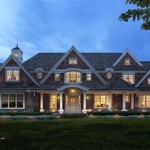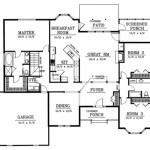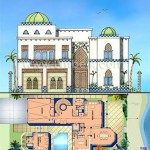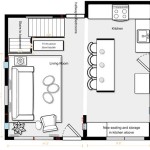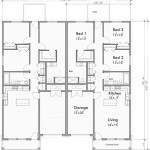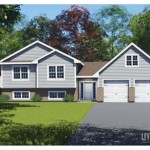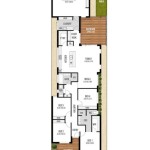Tiny and Small House Plans: Essential Aspects to Consider
Tiny and small house plans are gaining popularity for their sustainability, affordability, and unique living experience. Before embarking on building a tiny or small home, it is crucial to understand the essential aspects that ensure a functional and комфортный space.
1. Size and Layout
The size of a tiny or small house is a defining characteristic. Tiny houses typically range from 100-400 square feet, while small houses can be up to 1,000 square feet. The layout should be carefully planned to maximize space and functionality. Consider open floor plans, multi-purpose spaces, and clever storage solutions.
2. Building Materials
The choice of building materials significantly impacts the cost, durability, and sustainability of the house. Popular materials include wood frame, structural insulated panels (SIPs), and steel. Consider the local climate, building codes, and personal preferences when selecting materials.
3. Energy Efficiency
Tiny and small houses are often designed with energy efficiency in mind. Features such as high-performance windows, insulation, and efficient heating and cooling systems can reduce utility costs and create a comfortable living environment. Solar panels and other renewable energy sources can further enhance sustainability.
4. Functionality
Despite their small size, tiny and small houses should be highly functional. Plan for designated areas for sleeping, cooking, bathing, and storage. Multi-purpose furniture, such as convertible sofas and beds, can maximize space and provide flexibility.
5. Storage
Storage is essential in any small space. Consider built-in storage options, such as under-bed drawers, cabinets, and shelves. Vertical storage, such as wall-mounted shelves and pegboards, can also be effective. Utilize every available nook and cranny to optimize storage capacity.
6. Outdoor Space
Even tiny and small houses can benefit from outdoor space. Patios, porches, or balconies can provide valuable additional living area and a connection to nature. Consider incorporating outdoor seating, a fire pit, or a small garden to enhance the outdoor experience.
7. Legal Considerations
Building codes and zoning laws may vary regarding tiny and small houses. It is essential to research local regulations and consult with a professional to ensure compliance. Consider zoning restrictions, setback requirements, and utility hook-up regulations.
Conclusion
Planning a tiny or small house requires careful consideration of size, layout, building materials, energy efficiency, functionality, storage, outdoor space, and legal considerations. By addressing these essential aspects, you can create a комфортный, sustainable, and unique living space that meets your needs and lifestyle.

Pin On Cabin Plans
:max_bytes(150000):strip_icc()/SL-731_FCP-83e310d6c4f4422a88bd36464339bf30.jpg?strip=all)
26 Tiny House Plans That Prove Bigger Isn T Always Better

27 Adorable Free Tiny House Floor Plans Craft Mart

27 Adorable Free Tiny House Floor Plans Small

Small House Plans Simple Tiny Floor Monster
:max_bytes(150000):strip_icc()/SL-1830_FCR-79fe2709870b47fdb6b1fd9561483952.jpg?strip=all)
26 Tiny House Plans That Prove Bigger Isn T Always Better

Detached Guest House Plan With Photos

Tiny House Plans For Families The Life

Pin On Small Houses

27 Adorable Free Tiny House Floor Plans Small

